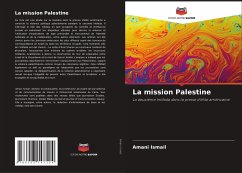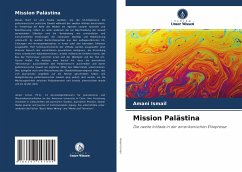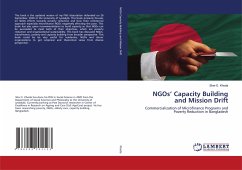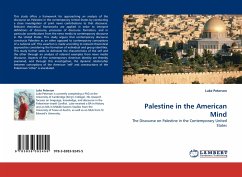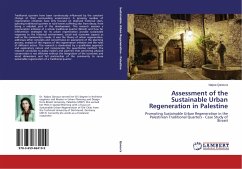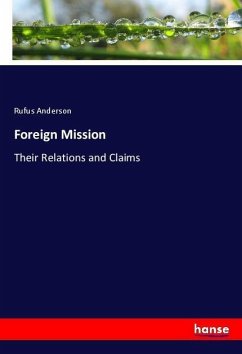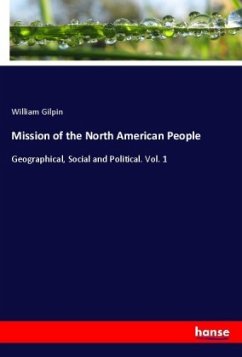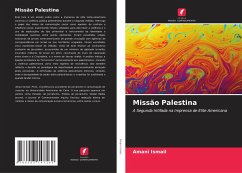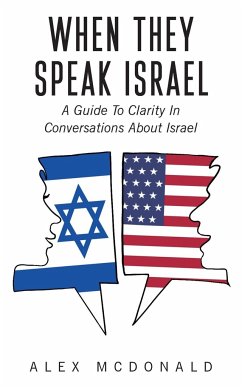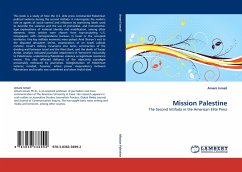
Mission Palestine
The Second Intifada in the American Elite Press
Versandkostenfrei!
Versandfertig in 6-10 Tagen
52,99 €
inkl. MwSt.

PAYBACK Punkte
26 °P sammeln!
This book is a study of how the U.S. elite press constructed Palestinian political violence during the second intifada. It interrogates the media s role as agents of social control and influence by examining labels used to describe the violence and the use of primordial- and instrumental-type explanations of national identity and mobilization, among other elements. News articles were chosen from top-circulating U.S. newspapers with correspondence bureaus in Israel or the occupied territories. Five key intifada moments were picked: Ariel Sharon s visit to the disputed Jerusalem shrine, assassin...
This book is a study of how the U.S. elite press constructed Palestinian political violence during the second intifada. It interrogates the media s role as agents of social control and influence by examining labels used to describe the violence and the use of primordial- and instrumental-type explanations of national identity and mobilization, among other elements. News articles were chosen from top-circulating U.S. newspapers with correspondence bureaus in Israel or the occupied territories. Five key intifada moments were picked: Ariel Sharon s visit to the disputed Jerusalem shrine, assassination of an Israeli cabinet minister, Israel s military incursions into Jenin, construction of the dividing wall between Israel and the West Bank, and the death of Yasser Arafat. Analysis indicated journalist attachment of "terrorism" exclusively to Palestinians, undermining Palestinian violence as legitimate resistance means. This also reflected defiance of the objectivity paradigm presumably embraced by journalists. Delegitimation of Palestinian violence receded, however, where power inequivalency between Palestinians and Israelis was underlined and when Arafat died.



